Lighting is an essential component of our daily lives. From enabling productivity in offices to setting the mood in homes, the role of lighting is all-encompassing. Yet, the transition from traditional incandescent bulbs to more advanced forms of lighting like LEDs (Light Emitting Diodes) has been transformative. LED lights are no longer a futuristic concept; they have become a mainstream choice for consumers globally. This article aims to shed light on the myriad benefits of LED lighting technology. The discussion ranges from energy efficiency and durability to design versatility and economic impact.
Understanding LED Technology
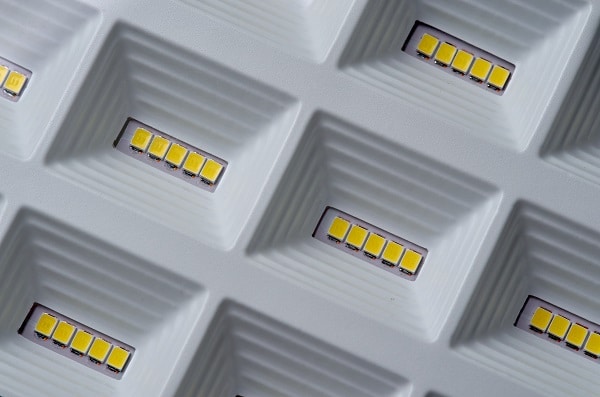
The LED technology has a rich history dating back to 1962 when Nick Holonyak Jr. invented the first LED. Initially used in electronic components, the technology has substantially improved. The mechanics of LEDs are fundamentally different from traditional bulbs. Instead of using a filament that heats up to produce light, LEDs use semiconductor materials.
The basic mechanism of LED lighting centers around the movement of electrons through a semiconductor. When these electrons move, they emit photons or light energy, generating light. The technology offers a clean and highly efficient way to generate light, setting it apart from its traditional counterparts, like incandescent and compact fluorescent lights (CFLs).
Energy Efficiency
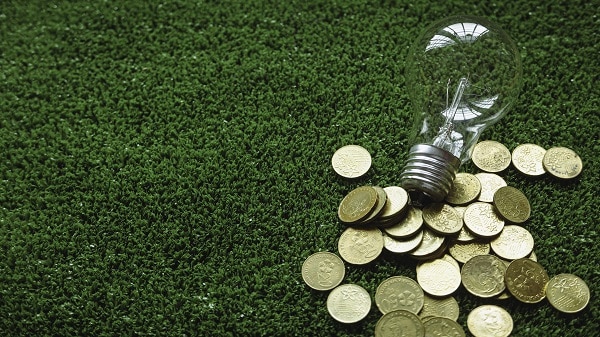
LEDs are miles ahead of traditional incandescent bulbs and CFLs regarding energy consumption. Incandescent bulbs operate at 20% energy efficiency, wasting 80% of the electrical energy as heat. On the other hand, LEDs convert 80% of their electrical energy into light, making them incredibly energy-efficient.
The long-term energy savings associated with LED lighting are significant. With the cost of electricity on the rise, switching to LEDs can save households and businesses substantial sums of money over time. Additionally, the low energy consumption of LEDs results in reduced carbon dioxide emissions, making them an environmentally friendly option for lighting.
Longevity And Durability
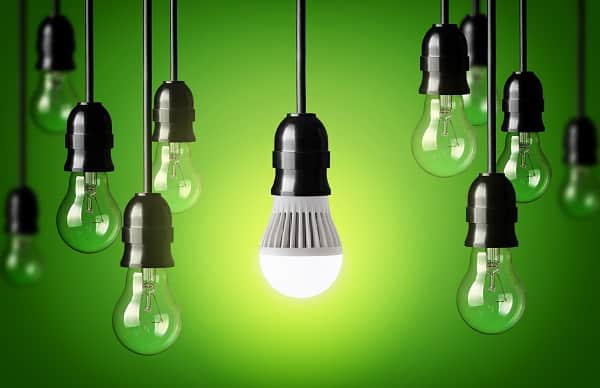
One of the most appealing features of LED lights is their longevity. While traditional incandescent bulbs may last about 1,000 hours, a good quality LED can last up to 25,000 hours or even more. This difference in lifespan means fewer replacements, translating to cost savings and convenience for the consumer.
LEDs are not just long-lasting; they are also highly durable. Unlike traditional bulbs, which are fragile glass and can break easily, LEDs are made of sturdy materials like plastic. They can withstand bumping, jarring, and vibrations, making them ideal for various outdoor settings and transportation applications. Moreover, the quality of light emitted by LEDs remains consistent over time, ensuring reliable performance.
Versatility In Design
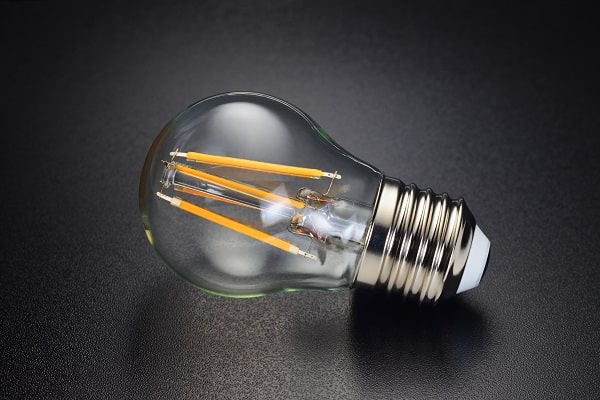
LEDs offer unmatched versatility when it comes to design possibilities. The compact size of LED bulbs allows them to fit into tight spaces where traditional bulbs might be impractical. LEDs come in various shapes and designs, making them adaptable for various applications.
The range of colors that LEDs can produce is another feather in their cap. Traditional lighting options are restricted to the standard white or yellowish light. In contrast, LEDs can emit light across a broad spectrum of colors without requiring filters. This feature makes them perfect for both functional lighting and mood-setting ambiance. From offices to homes and vehicles to landscapes, the design versatility of LEDs is truly endless.
Health Benefits

LEDs have shown promise in positively affecting human health. Many people complain of eye strain and discomfort when exposed to the harsh light of traditional bulbs. LEDs provide a solution by offering a softer, more natural light that mimics the properties of sunlight, reducing eye strain and making long periods of exposure more comfortable.
Studies have shown that the temperature and color of light can impact an individual’s sleep cycle. LEDs come with adjustable light temperatures that help regulate the human body’s internal clock, promoting better sleep. Moreover, studies suggest that the type of light can affect mood, and the customizable nature of LED lighting can be tailored to promote well-being.
Safety Advantages
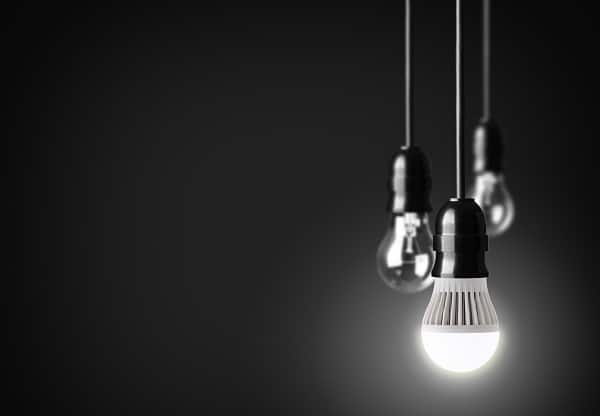
Safety is another critical aspect where LEDs excel. One of the immediate benefits is the low heat emission. Traditional incandescent bulbs get incredibly hot, posing risks of burns and even fires. LEDs remain cool to the touch, significantly reducing such risks.
In addition, LEDs do not contain hazardous materials like mercury, often found in other types of lighting like CFLs. This makes them safer for households and easier to dispose of without harming the environment. LEDs also require lower voltage than traditional bulbs, enhancing their safety credentials.
Economic Impact
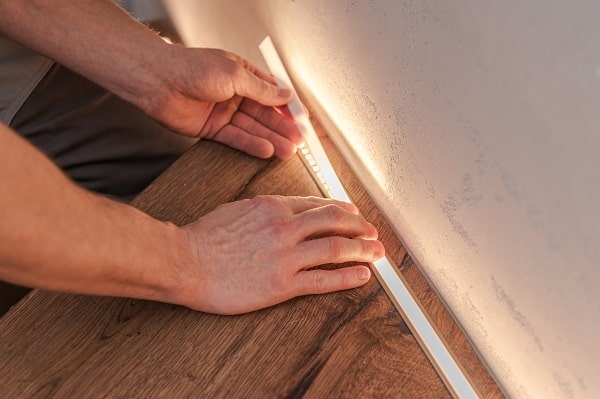
LED technology is becoming a cornerstone of a new wave of economic activities. With the growing demand for energy-efficient solutions, LED manufacturing is a burgeoning industry, creating thousands of jobs in research, manufacturing, and installation.
Regarding market trends, the LED industry is expected to grow exponentially in the coming years. This rise can also be attributed to government incentives offering tax rebates and other benefits for switching to energy-efficient LED lighting. These initiatives promote economic growth and drive innovation in the field.
Challenges And Limitations
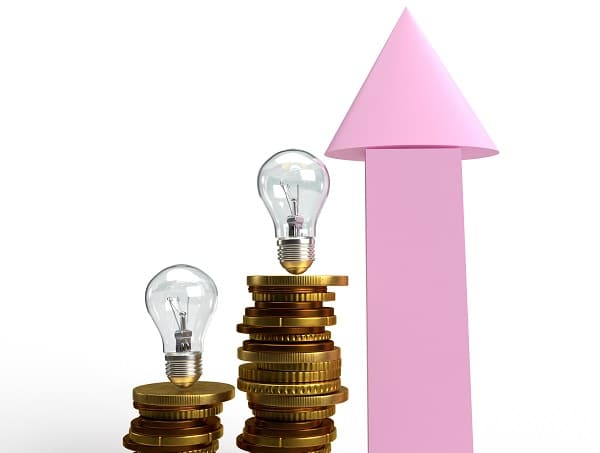
While LEDs offer numerous advantages, it’s important to acknowledge their limitations. One of the significant barriers for many people is the initial cost. Despite the long-term savings, the upfront cost of quality LED bulbs can be a deterrent.
However, it’s crucial to note that not all LEDs are created equal. Low-quality products in the market do not offer the same benefits as their higher-quality counterparts. Consumers need to be aware and choose products from reputable manufacturers to reap the full benefits of LED technology.
The Bottom Line
LED lighting is much more than an alternative to traditional bulbs; it’s a revolution in lighting technology. With benefits ranging from energy efficiency and durability to versatility in design and even health advantages, LEDs offer substantial gains. As this technology continues to evolve, it’s becoming clear that the transition to LED lighting is not just an option but a necessity for a sustainable future. So, make the switch today and embrace a brighter, more efficient, and healthier lifestyle.


